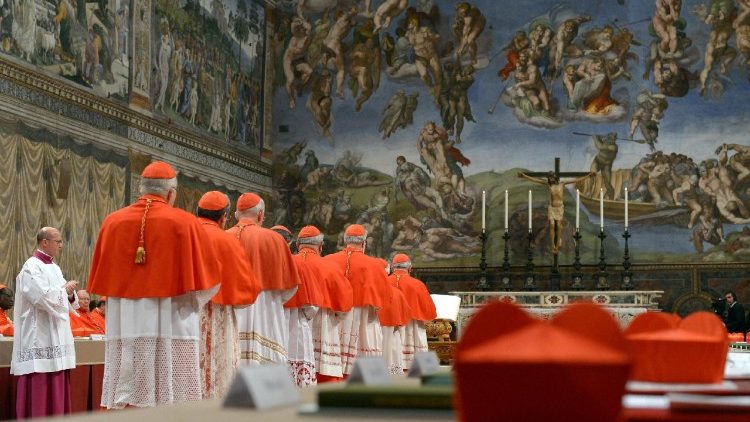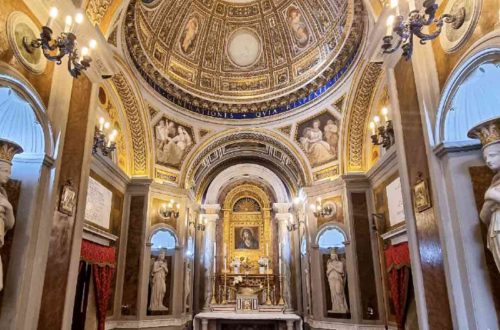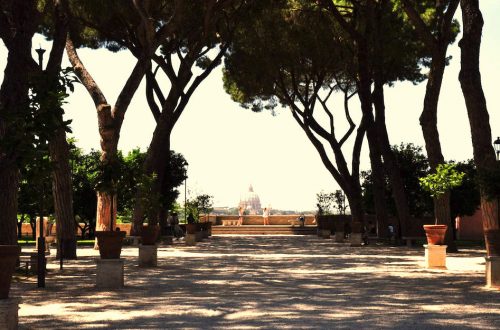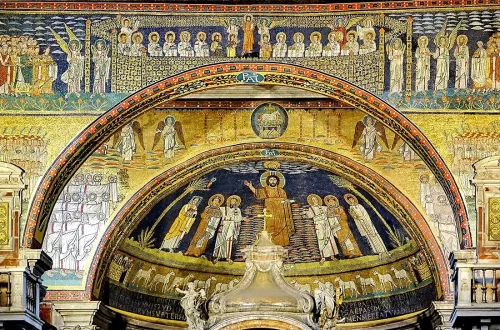
How the Conclave Elects a New Pope
The election of a new pope, the spiritual leader of the Roman Catholic Church, is a centuries-old process steeped in ritual and secrecy. This event, known as a conclave (from the Latin cum clave, meaning “with a key”), takes place when the papal seat is vacant, typically after a pope dies or resigns.
1. When Does a Conclave Happen?
A conclave is triggered by the Holy See’s vacancy. If the pope dies, the Camerlengo (Chamberlain of the Holy Roman Church) officially verifies the death and begins arranging the funeral and the election. If a pope resigns (as Benedict XVI did in 2013), the process begins from the moment the resignation takes effect.
2. Who Participates?
The only individuals who can vote are the cardinal electors—cardinals under the age of 80 on the day the papacy becomes vacant. The number of electors is capped at 120. These cardinals come from all over the world and gather in Rome for the conclave.
3. Where Does It Happen?
The conclave is held in the Sistine Chapel in Vatican City. The cardinals are housed in the Domus Sanctae Marthae, a residence near St. Peter’s Basilica, but are strictly secluded from the outside world throughout the process.
4. How Does the Voting Work?
Voting is done in secrecy and involves multiple steps to ensure confidentiality and accuracy:
-
Each cardinal writes his chosen name on a paper ballot.
-
The ballots are collected, counted, and checked for irregularities.
-
To be elected, a candidate must receive a two-thirds majority of the votes.
-
If no one achieves this threshold, voting continues—usually up to four ballots per day (two in the morning and two in the afternoon).
Between rounds, cardinals may discuss informally, but no campaigning is allowed.
5. Smoke Signals: The World Watches
After each round of voting, the ballots are burned in a special stove in the Sistine Chapel. Chemicals are added to produce colored smoke:
-
Black smoke (fumata nera) means no decision has been reached.
-
White smoke (fumata bianca) signals that a new pope has been elected.
This signal draws thousands of pilgrims and media to St. Peter’s Square.
6. Acceptance and Announcement
Once a cardinal receives the required two-thirds vote, the Dean of the College of Cardinals asks him two questions:
-
“Do you accept your canonical election as Supreme Pontiff?”
-
“By what name shall you be called?”
If the elected cardinal accepts, he chooses a papal name and dons white papal robes. The Protodeacon then appears on the central balcony of St. Peter’s Basilica to announce:
“Habemus Papam!” (“We have a Pope!”)
The new pope then emerges and gives his first blessing to the world: Urbi et Orbi (to the city and the world).
![]()




